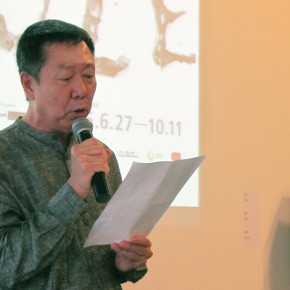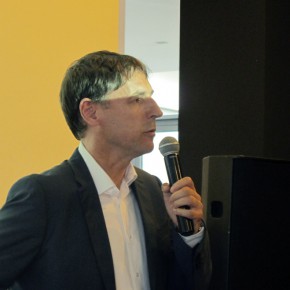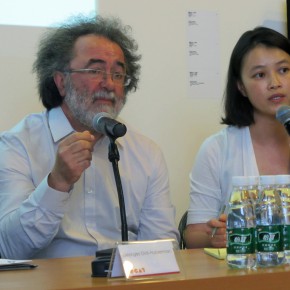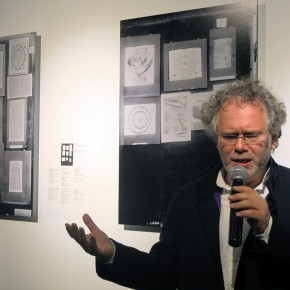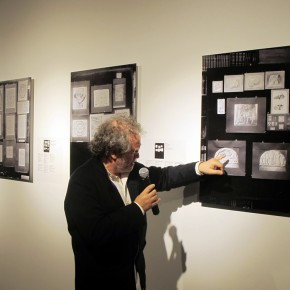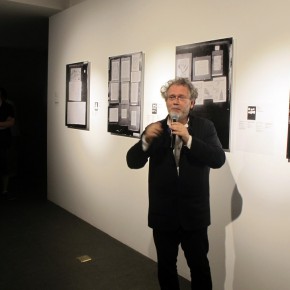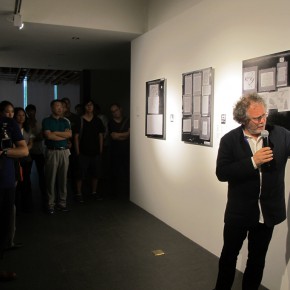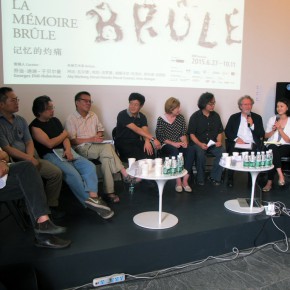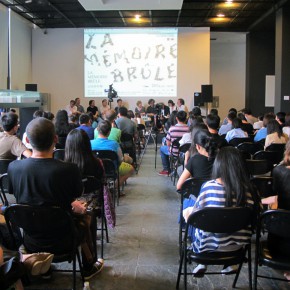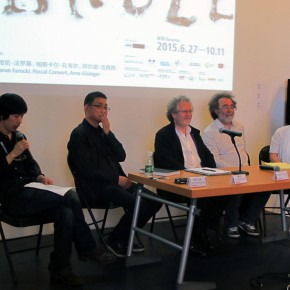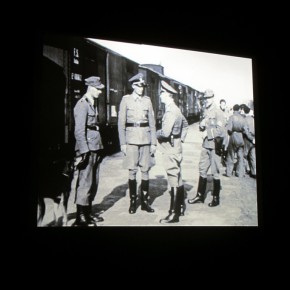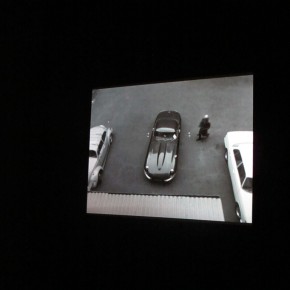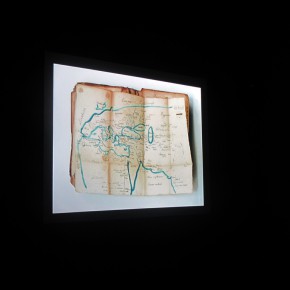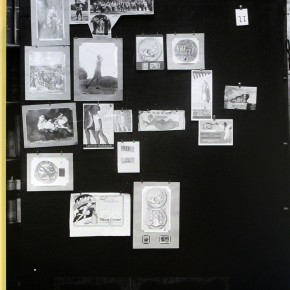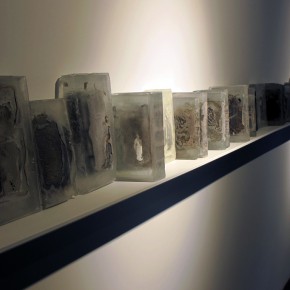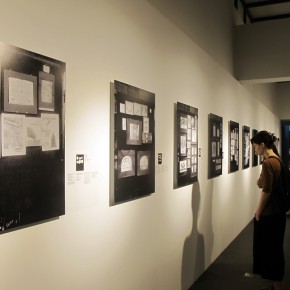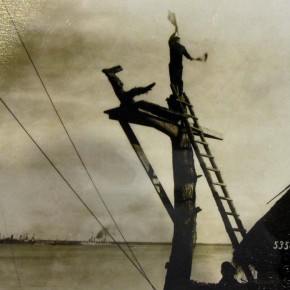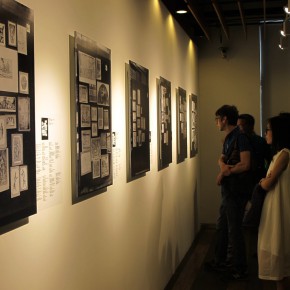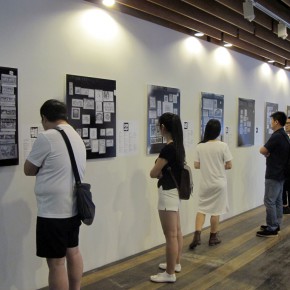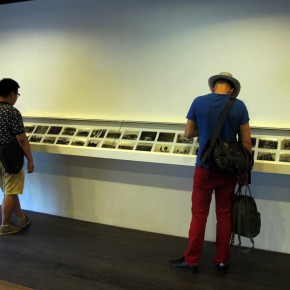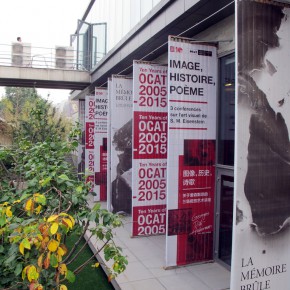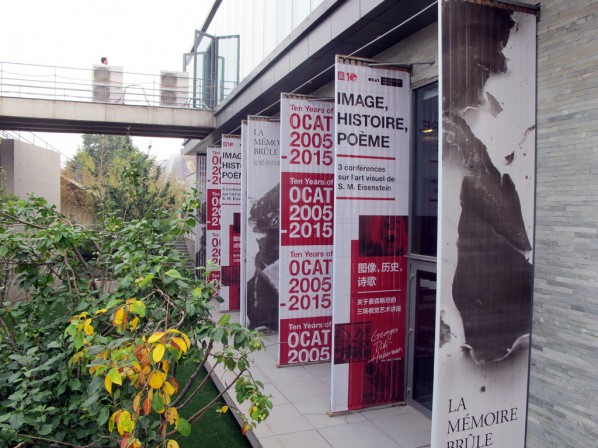
On June 27, 2015, OCAT Institute officially opened to the public, OCAT always attaches great importance to the academic reorganization and public dissemination of art knowledge, as a nonprofit research center it is dedicated to the history of art and its related discourses, specially invited the renowned French art historian and philosopher Georges Didi-Huberman to curate the opening exhibition “Memory Burns”.
In the press conference, Executive Director of OCAT Institute Huang Zhuan introduced the research model of the institute, OCAT Institute had three main areas of activity: publication, archives, and exhibition, while the scope of its research included historic, modern, and contemporary Chinese art; more specifically, it includes the investigation of artists, artworks, schools of art production, exhibitions, art discourses, as well as art institutions, publications, and other aspects of the overall ecology in art. The annual lecture series is the main part of OCAT Institute since it invites the international influential scholars in terms of art history, philosophy and planning, while Georges Didi-Huberman is the inaugural lecturer of OCAT Institute Annual Lecture Series, who had launched a series of lectures themed “Image, History, Poem 3 Lectures on the Visual Art of S. M. Eisenstein” from June 23 to June 25, 2015. Around scholars and themes of the lectures to organize academic seminars, and edit academic research literatures based on speeches and literatures, in cooperation with publishing house, in addition to inviting the lecturers to plan and research the related exhibitions. Therefore, OCAT Institute has built an annual research operation mode integrating series of lectures, exhibition planning and academic publication.
“Memory Burns”, as the opening exhibition of OCAT Institute, is also the visual presentation of Georges Didi-Huberman’s research thought, continuing poignant philosophical questions which were responding to the touring exhibition “Atlas: How to Carry the World on One’s Back?”, curated by Didi-Huberman from 2010 to 2011: namely the multiple relations between image and time. It features 11 works by German art historian Aby Warburg, German artist and filmmaker Harun Farocki, French artist Pascal Convert, and Austrian artist Arno Gisinger, covering literature, photography, documentary, installation, etc.
Georges Didi-Huberman praised highly of OCAT’s mode integrated research, exhibition, discussion and publication, which was believed to largely promote the research. Georges Didi-Huberman said many artists clung to a theory, such as Leonardo Da Vinci, Kandinsky and the four artists participating in the exhibition, instead that he was a theorist, and Shi Tao of the Ting Dynasty, China was also considered to be one of such kind of artists, when he read the French version of the book entitled “Shi Tao’s Words on Art”.
A discussion was held around the exhibition, Chinese and foreign scholars including Georges Didi-Huberman, Huang Zhuan, Pascal Convert, Lv Peng, Xi Chuan, Wang Minan, Karen Smith, Chen Weixing, Sui Jianguo and Chen Xiaowen gathered in the academic discussion, and issued excellent academic views.
At 5:30 pm, “Memory Burns” exhibition officially opened, Honorary President of OCAT RenKelei, M. Jacques PELLET, Ministre Conseiller, French Embassy in Beijing, curator Georges Didi-Huberman, Executive Director of OCAT Institute Huang Zhuan respectively gave a speech, many artists, scholars and media guests attended the opening ceremony, to commonly witness the opening of OCAT Institute. The exhibition “Memory Burns” falls under the larger canopy of the decennial celebration of OCAT. It is also one of official programs of the 10th anniversary of “Festival Croisement”.
The exhibition will continue to October 11.
Text and photo by Zhang Wenzhi/CAFA ART INFO
Translated by Chen Peihua and edited by Sue/CAFA ART INFO



